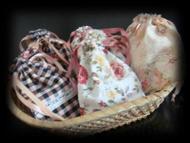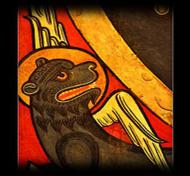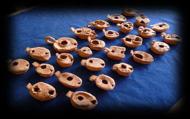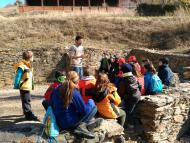
In ARQUEÒLEGS.CAT we take as a main goal of our work the full recovery and outreach of the local heritage of the territory, with the aim of establishing a bridge between the scientific world and the population.
Thus, the archaeological intervention, the recovery of archaeological sites and their mainte-nance and conservation are only the initial basis to reach the ultimate goal of our work: the out-reach of these elements. Our idea is that the narration of their history, their evolution and inter-pretation must remain visible among the citizens.
Ultimately, the historical and cultural heritage of the towns and people increasingly becomes a source for their wealth, both from the point of view of knowledge of the scientific world and from the touristic side.














